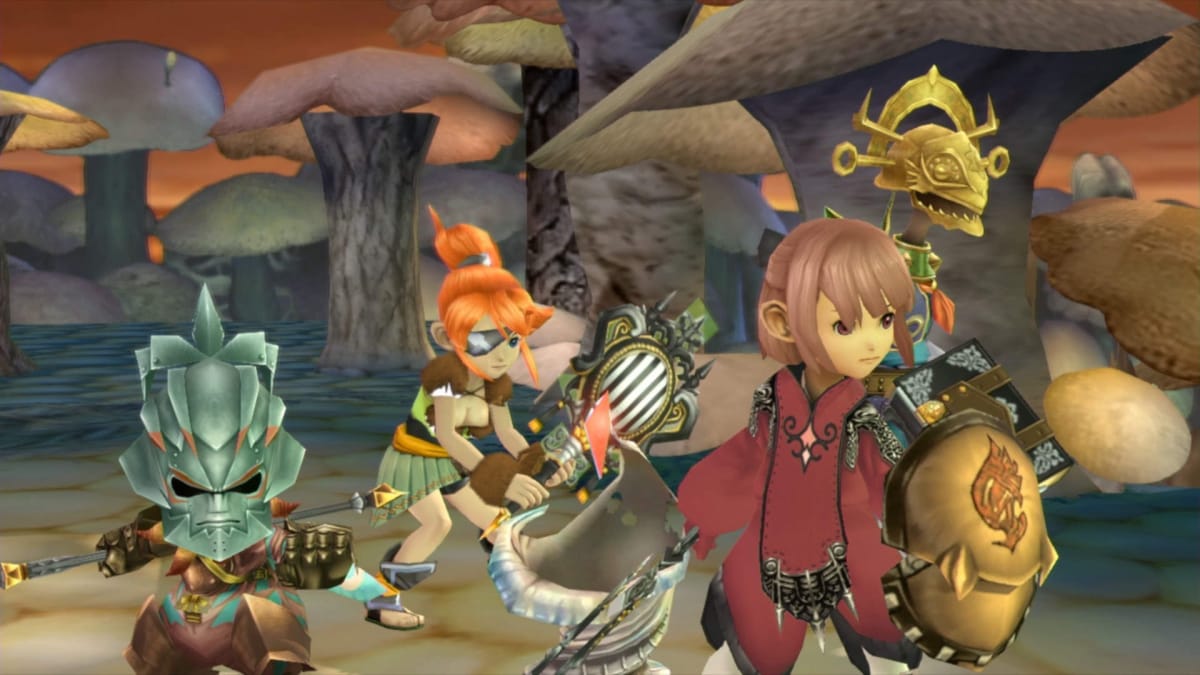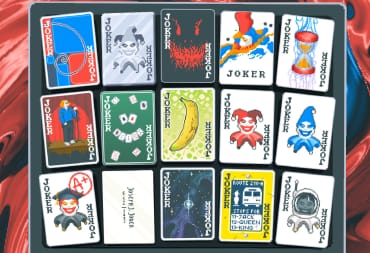Remasters and remakes have existed nearly as long as the gaming industry has been in town. As far back as the SNES-era, Nintendo released Super Mario All-Stars, a compilation of the NES Super Mario Bros. games with redrawn 16-bit art. Remasters of older titles are still in healthy supply today, though with the push toward free upgrades, console users are becoming more accustomed to owning a single copy of a game with entitlement to future upgrades. As traditional remasters become less common, it's time to examine the worst remasters to disgrace the PlayStation 4 and Xbox One.
Prototype 2
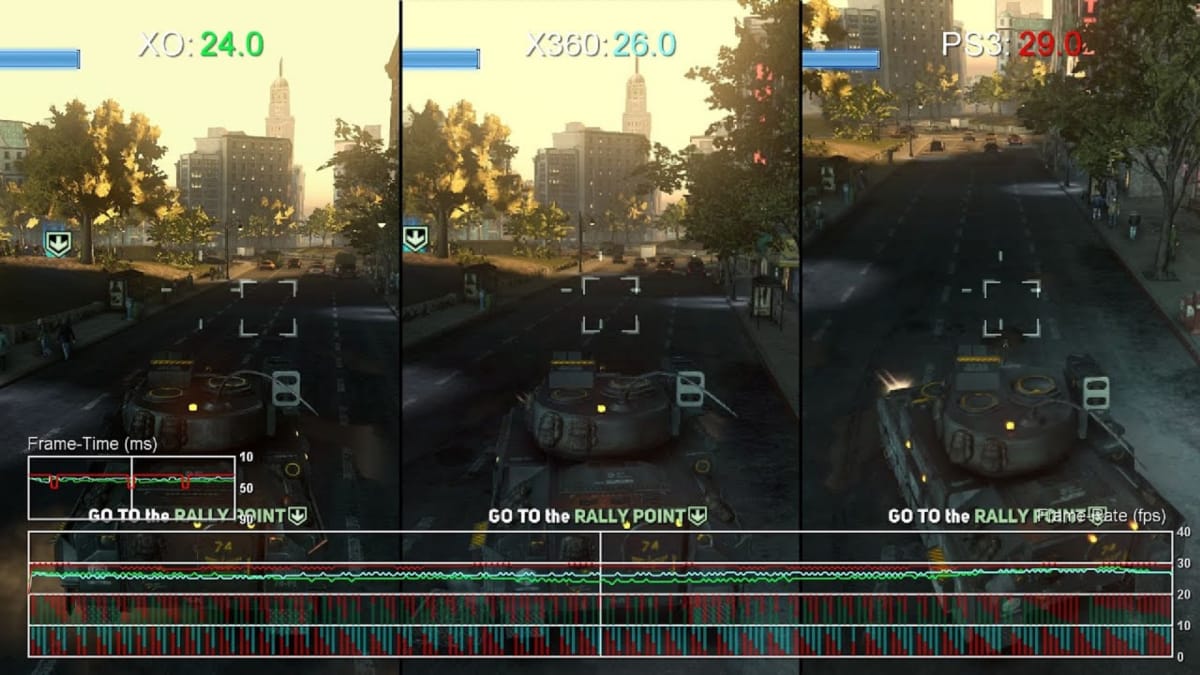
Released as part of the Prototype Biohazard Bundle in 2015, Prototype 2 is simultaneously the least offensive and most shocking entry on this list. What are a remaster's core objectives? Beyond the ability to play games otherwise inaccessible on the target platform, remasters are supposed to improve visuals and performance as the bare minimum. Even if the remaster retains the same frame-rate target, it should keep to that target more consistently than the old release on original hardware.
This is where Prototype 2 fails. While the first game in the bundle is unremarkable, it's at least functional. It runs at a higher resolution and it's perfectly playable at a solid 30 frames per second, something which can't be said of its sequel. Prototype 2 pushed the PS3 and Xbox 360 further than the first game, with common sub-30fps readouts during general gameplay.
The Prototype 2 remaster increases the resolution to 1080p over the original sub-720p output. There are no visual touch-ups beyond the resolution bump making it a barebones — if acceptable — remaster if the story ended there.
Where does this story lead? On Xbox One, Prototype 2 runs worse than either original console incarnation despite the modest makeover. We couldn't find concrete data on PS4 performance, but online threads suggest it ran similarly on Sony's console. It would take until the PS4 Pro and Xbox One X using their respective boost modes to get the performance expected out of the base consoles.
Batman: Return to Arkham
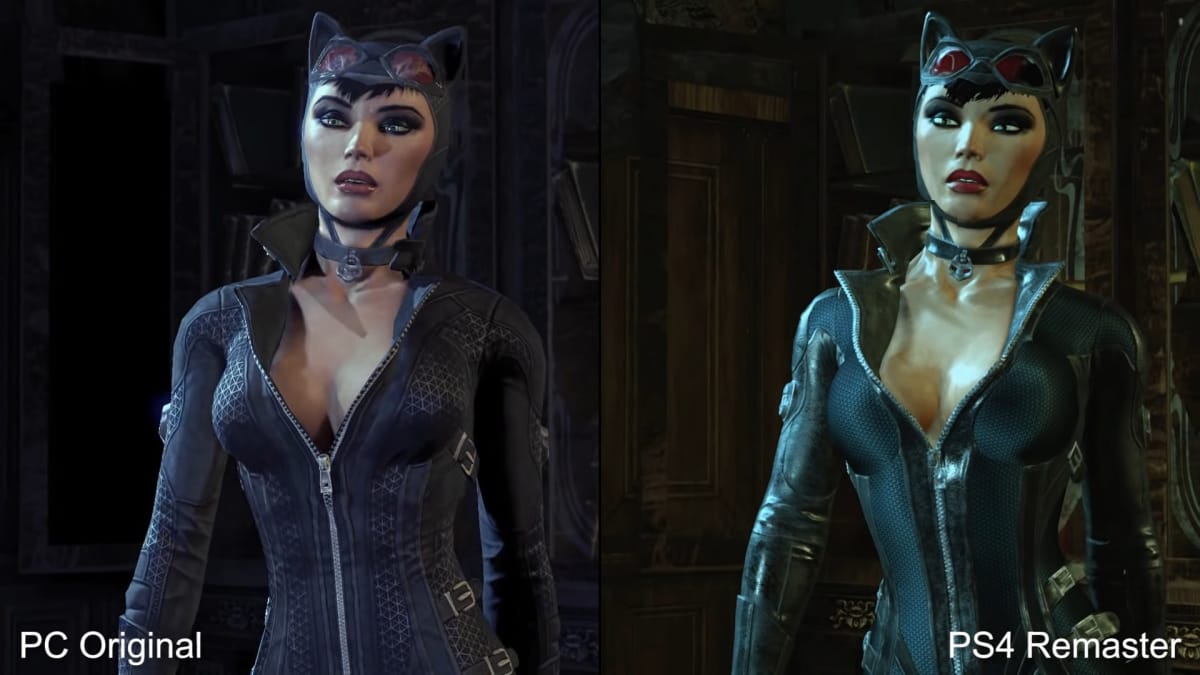
Batman: Return to Arkham should have been a winner. Arkham Asylum and Arkham City are among the PS3 and Xbox 360's most visually impressive titles. Bringing them to newer consoles, moving the project over from Unreal Engine 3 to Unreal Engine 4 set sparks in fans' eyes. This collection was even handled by the same team that brought out the excellent Final Fantasy X/X-2 remasters. The exciting prospect was met with a divisive end product.
In fairness, Return to Arkham introduce improvements to textures and models along with the enhanced resolution, resulting in more detail in the newly introduced artwork. However, not every change was met with the same level of positivity. Certain aspects of the remaster's rendering, such as the lighting, lead to an artistic direction that upset fans. While some character like Penguin were categorical improvements, others such as Catwoman and the Joker often appeared less realistic under the new lighting conditions with skin that could take on a more plastic-like appearance. Batman: Return to Arkham's series of swings and misses in the visuals department aren't so egregious that they're a travesty, but it's the inconsistent presentation coupled with a rollercoaster ride of performance patches that makes it one of the worst remasters on eighth-generation consoles.
Upon its October 2016 release, Return to Arkham launched with an uncapped frame rate on both consoles with the PS4 commanding a notable lead, though it was still far from ideal. Unlocked frame rates are useful as an option for running on more powerful hardware down the line or in the case of systems that support technologies like FreeSync and variable refresh rates. However, forcing an uncapped performance profile on every user leads to an inconsistency that makes gameplay feel more sluggish than it actually is. There's a reason most developers cap frame rates. Consistent delivery is integral to how a game feels. Games locked at 30fps are capable of internally rendering above that, whether it's 33 or 45 or even brief periods of 60fps.
A 30fps cap on consoles does not mean that console can't reach higher frame rates. It means it can't hit those higher numbers consistently. Developers lock the frame rate, using the overhead as a safeguard in stress scenarios that push the engine. With Batman: Return to Arkham, users saw firsthand how an unstable frame rate that ranges from the 20s up to 60 feels.
The introduction of PS4 Pro support is where the Xbox and PlayStation codes fork considerably. This patch employed a 30fps cap on both PS4 systems, though drops under 30 still occur. It was a win for the base console, which would never be able to hit 60fps without sacrificing the remaster's visual gains. Unfortunately, even with the patch, the PS4 was still prone to more sub-30fps drops than the PS3 and Xbox 360 versions. The PS4 Pro lost out with entire sections coming remarkably close to a locked 60fps in boost mode while others would still run in the mid 30s, suggesting a CPU bottleneck. A proper patch might have been an opportunity to optimize for the higher performance read-out on Sony's mid-gen refresh, but the patch left the console underutilized with the same dynamic 1080p output as the base console with the 30fps cap.
The Xbox One X patch was even more underwhelming with some scenes coming in at a lower resolution than the PS4 Pro. Arkham Asylum also introduced an odd 45fps cap on the Xbox side, meaning anyone playing on anything but a VRR or FreeSync display was left in the cold with constant judder. Arkham City, on the other hand, utilized a 30fps cap with improper frame pacing. Batman: Return to Arkham is less consistent on PS4 and Xbox One than its previous-gen equivalents. In an ideal world, the collection would have released with a locked 30fps on base consoles with the PS4 Pro and Xbox One X pushing higher resolutions. As it stands, all console versions underperform. To this day, running Arkham Asylum's remaster on an Xbox Series X still locks users to 45fps with Arkham City still exhibiting frame pacing issues, signifying the collection hasn't been touched since the Xbox One X patch.
Final Fantasy Crystal Chronicles Remastered Edition
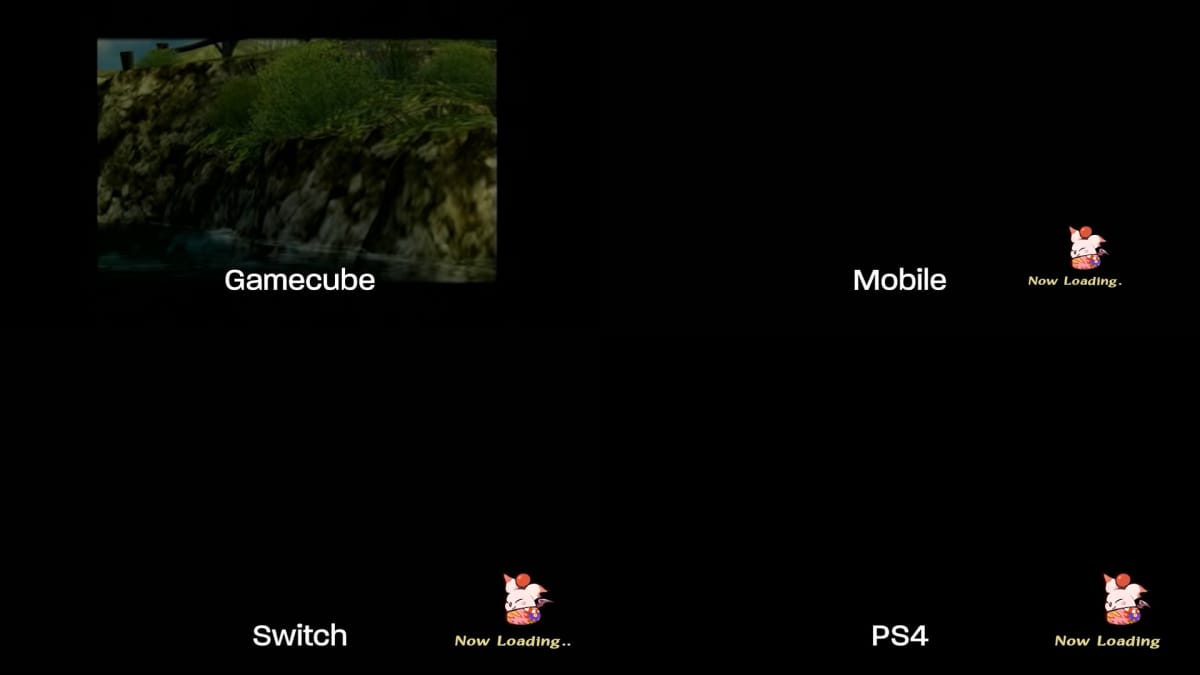
Unlike most other remasters, Final Fantasy Crystal Chronicles Remastered Edition's greatest flaws don't lie within its visuals or performance profile. By those standards, this version is competent. Rather, the development team handling this modern conversion made changes that undermine the original's multiplayer-centric design.
The 2003 original is a beloved multiplayer classic. By linking multiple Game Boy Advances to the GameCube, up to four players could experience its brand of dungeon crawling and exploration. This lead to a unique experience whereby different players could coordinate, displaying different information on their GBA screens during gameplay such as treasure maps, enemy locations, equipment, and so on. It prevented obfuscation of the main screen along with feeding into the communal nature that's no longer a core pillar of the remaster.
For starters, Crystal Chronicles Remastered Edition removes that feeling of local multiplayer in favor of online multiplayer. While many modern iterations of games make this omission, Crystal Chronicles' archaic multiplayer implementation betrays what fans loved about the original release.
The remaster is a much lonelier affair. To start with, unlike most modern titles, online play is region limited, meaning no playing with your friends across the pond. Furthermore, while a group of friends could previously experience roadside events and visit towns together, the new version removes this aspect of the formerly group-centered adventure. These events are now only able to be experienced solo as the multiplayer integration is limited to dungeons, removing a core part of the game. To make matters more frustrating, only hosts gain progress in dungeon excursions. Hoping to acquire the progress-crucial Myrrh currency or receive letters from your family? Tough luck. Microtransactions only add further fuel to the fire.
While an acceptable remaster on a purely technical level, loading times aside, it removes its soul — the journey with friends that made the GameCube original stick in so many players' minds.
Putting Remasters Into Perspective
Remasters have gotten a bad reputation since developers started releasing them with such frequency last generation. Depending on one's attachment to a property or self-imposed expectations, reactions to the quality of a remaster can vary significantly. While it's true many flawed remasters have launched the past several years, few deserve the ire they sometimes get. Even flawed conversions' strengths tend to outweigh the issues. The titles on this list are among the few that make prior versions equally, if not more, desirable.
What are some of the worst remasters you've played? Let us know in the comments below.
Have a tip, or want to point out something we missed? Leave a Comment or e-mail us at tips@techraptor.net
